One of the first things to tackle when planning your trip to London is determining when you’d like to visit. After living in London last year, I get asked all the time, “When is the best to visit London?” And truthfully, London is truly a great city to visit any time of year! But the best time to go depends on what you want to do and see. The seasons in London each come with their own distinct flavour, and choosing the right one for your preferences is key to making the most of your travels.
While there are some months when the level of tourists can skyrocket, it’s difficult to find any time of year when the city is practically free of tourists. So best to just expect some level of crowds and plan accordingly. So, grab a cup of tea and join me as we explore the best times to travel to London. From charming spring blossoms to cozy winter nights, we’ll cover it all in this little guide.
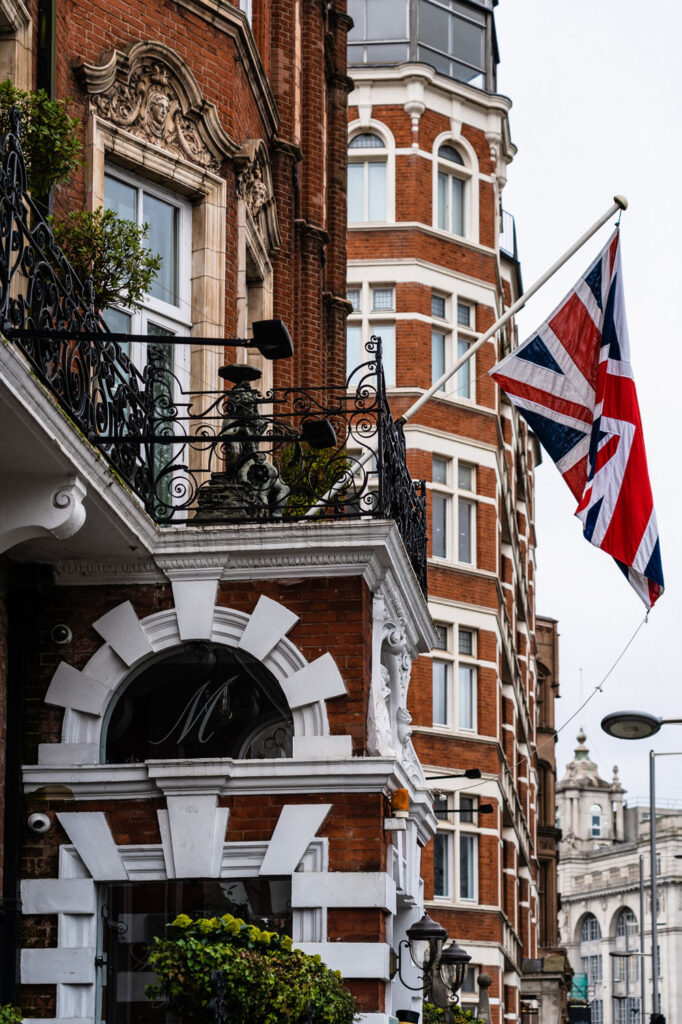
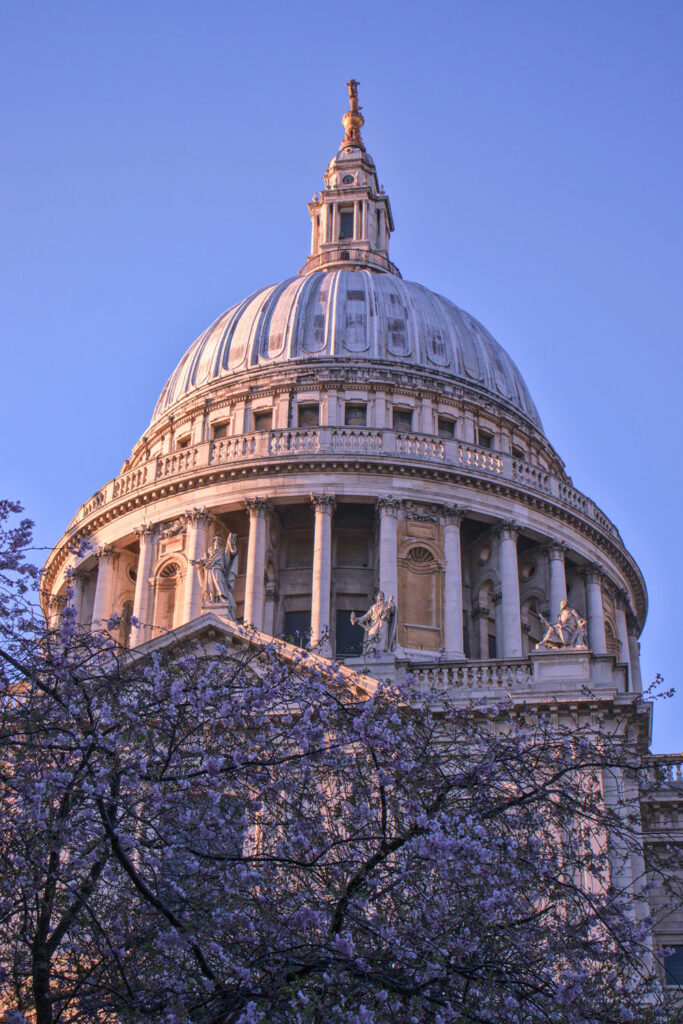
Spring (March-May)
Probably one of the most scenic times of year to visit London is during the Spring. The city bursts into life with blooming flowers and warmer weather.
Spring in London typically has mild temperatures ranging from 10-15°C (50-59°F), which makes it a comfortable time to explore the city. The pleasant weather is perfect for outdoor activities like walking tours and picnics in the park. Contrary to popular belief, Springtime in London isn’t actually the rainiest time of year. March and April have some of the lowest rainy days on the calendar.
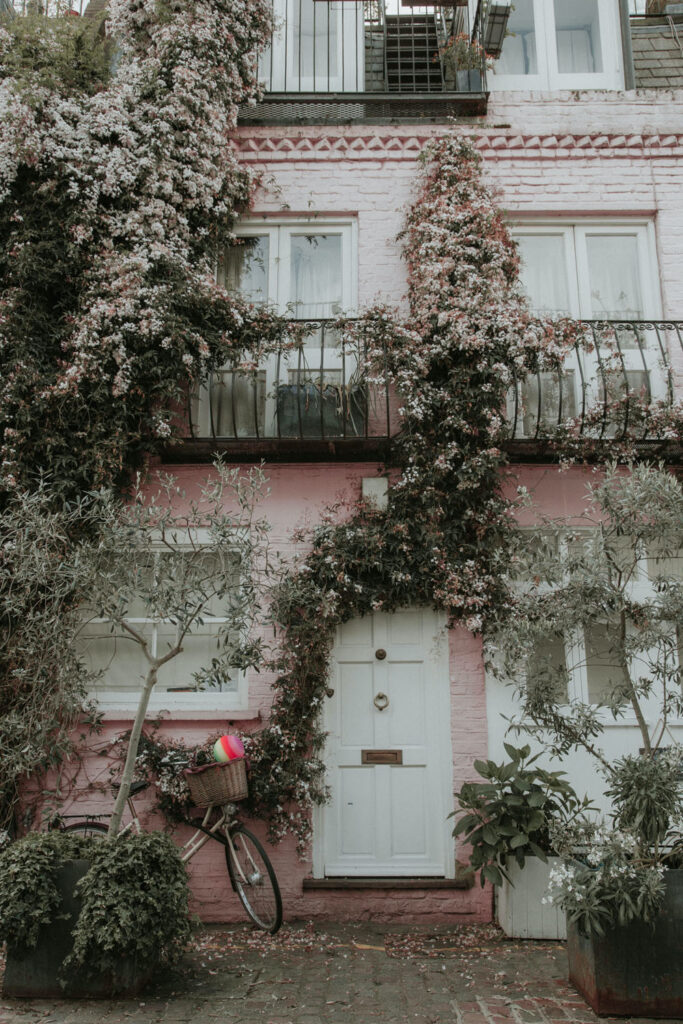
Spring is a quieter time to visit London compared to the summer months. Fewer tourists crowd the streets and attractions. This means you’ll be able to enjoy a more peaceful and relaxed experience without feeling overwhelmed by the crowds. The prices for accommodations are also much lower in Springtime compared to the summer months.
And London’s springtime blooms are absolutely stunning. One of my favourite times of year is in the early Spring, just after the winter thaw when the Magnolia trees start to bloom. Exploring the many gardens around the city is a perfect itinerary for nature lovers. From the famous Kew Gardens to the smaller, lesser-known parks around the city, there are plenty of amazing places to see.
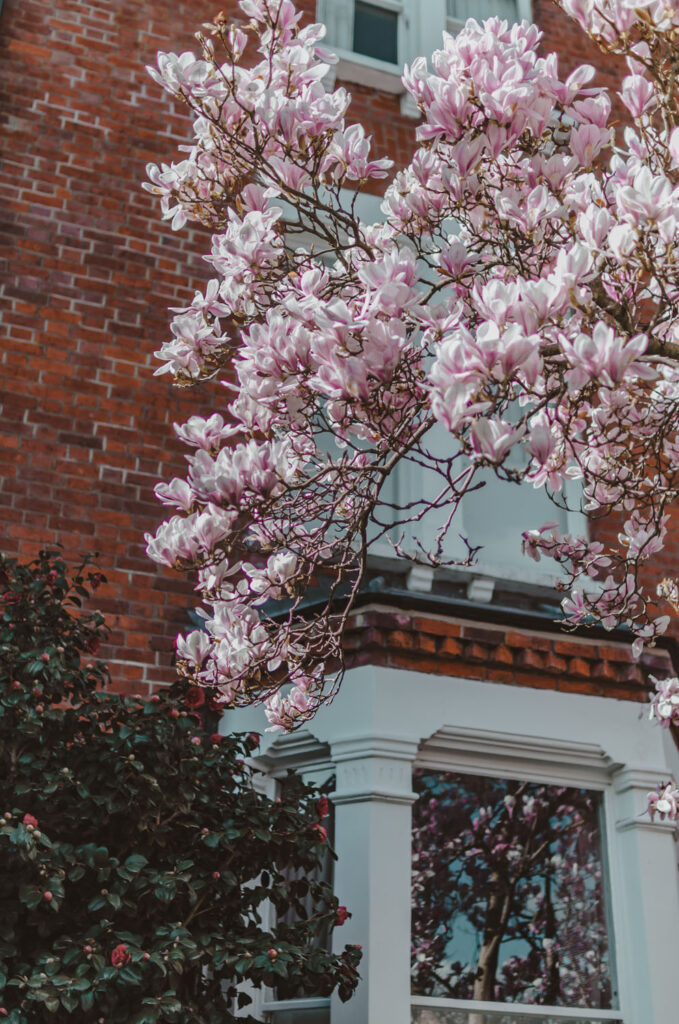
Spring Activities and Events
Springtime is also when the famous Chelsea Flower Show takes place. This event is a huge draw to many horticulturists from the UK and worldwide. And if you’re lucky enough to be in town, you should absolutely check it out if you have any inkling of a green thumb. Avoid the two weeks before and after Easter. British schools have two weeks off for Easter, and many families choose to do some travelling during this time. And certain businesses and shops will remain closed for these stat holidays. Be aware you may see a bump in airfare and accommodation prices during these events..
Downsides to Travelling to London in the Spring
Compared to the longer days of summer, Spring has shorter daylight hours. This means you’ll have less time to explore the city in the daylight. This can be a challenge if you’re trying to fit in a lot of activities during a short trip. Springtime coincides with the British Easter holidays and the May Bank Holiday. While Spring is generally less busy, during these two weeks, tourism skyrockets. Attractions and accommodations may still be booked up far in advance. It’s important to plan ahead and book early to ensure you get the accommodations and attractions you want.
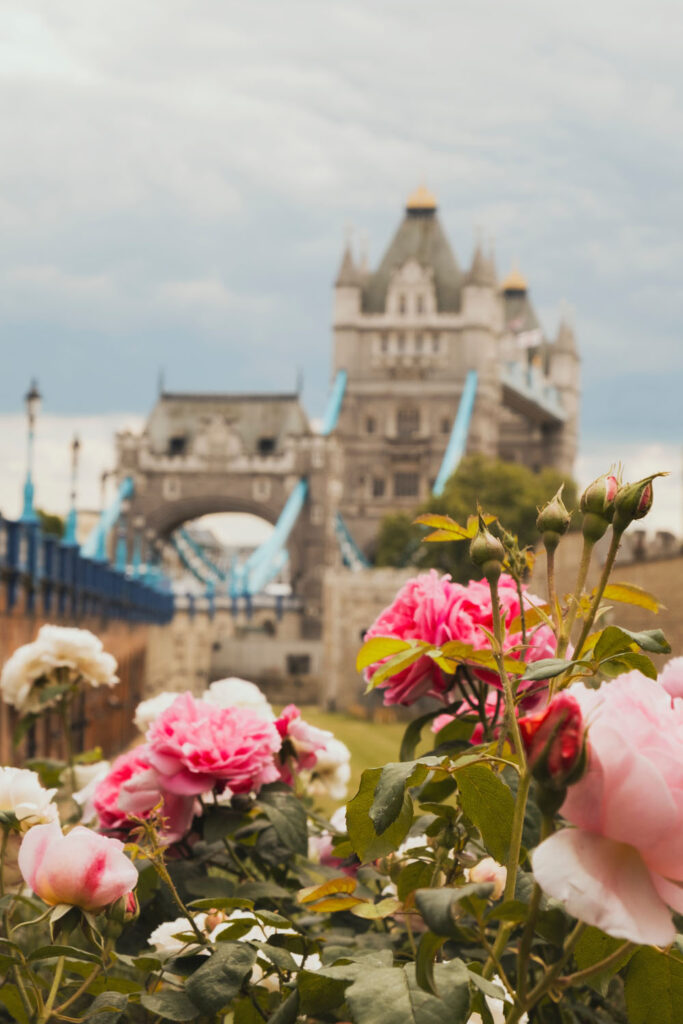
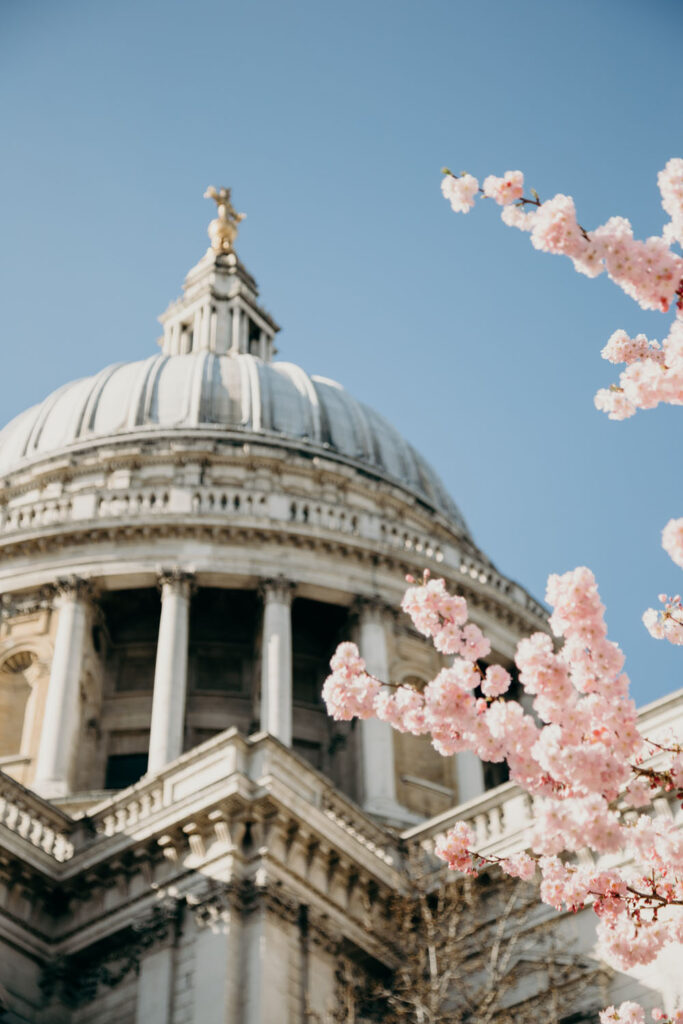
Summer (June – August)
Summer is the most popular time of year to visit London, and for a good reason. With long daylight hours, mild temperatures, and plenty of outdoor activities and events, it’s easy to see why so many people choose to travel to this bustling city during this season.
Summer is the warmest time of year, with average temperatures ranging from 18-23°C (64-73°F). This means you’ll enjoy plenty of sunshine and blue skies while exploring the city’s many outdoor attractions, parks, and gardens. During the summer, daylight hours in London can last up to 17 hours per day! So even at 9 pm, you still feel like the day is young. Many of London’s top attractions also have longer opening hours during the summer months. This is especially useful if you’re trying to cram as much as possible into a short trip.
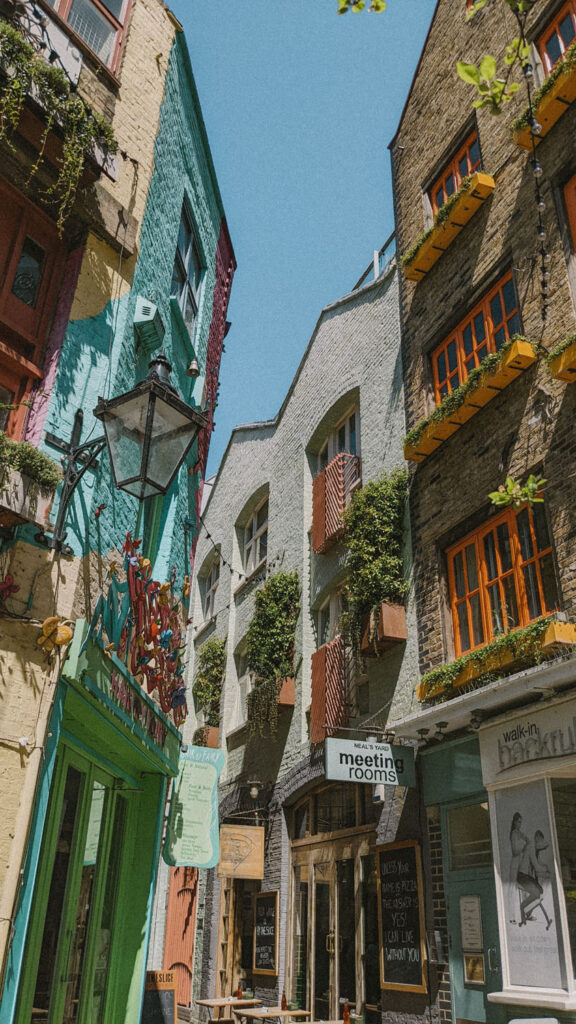
Summer Activities and Events
Summer is also brimming with activities, events and festivals. It’s when the city feels alive. From the famous Wimbledon tennis tournament, London Pride, Trooping the Colour and Hampton Court Palace Festival, there’s always something going on in London during the summer months. And if something is sold out or booked up, finding an alternative isn’t hard! There’s just that much going on.
With the great weather, London is the perfect place to enjoy a range of outdoor activities. From picnics in the park to boat rides on the Thames, there’s no shortage of things to do outside London during the summer. Grab your picnic supplies from any of London’s bustling markets, which are especially lush with fresh produce in the summer!
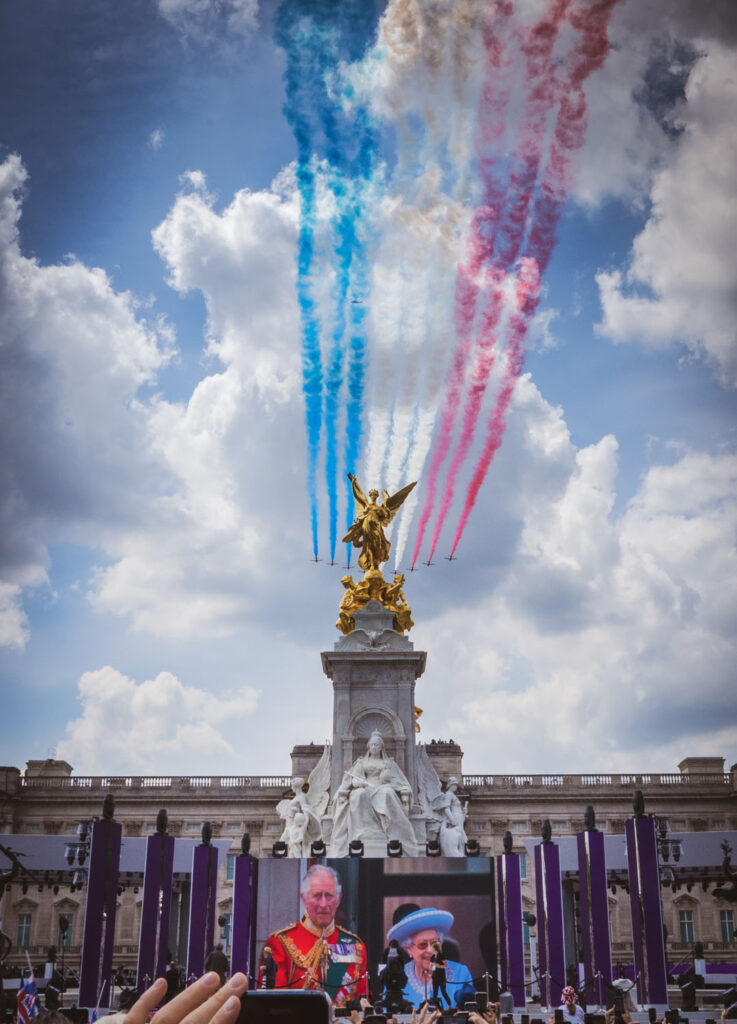
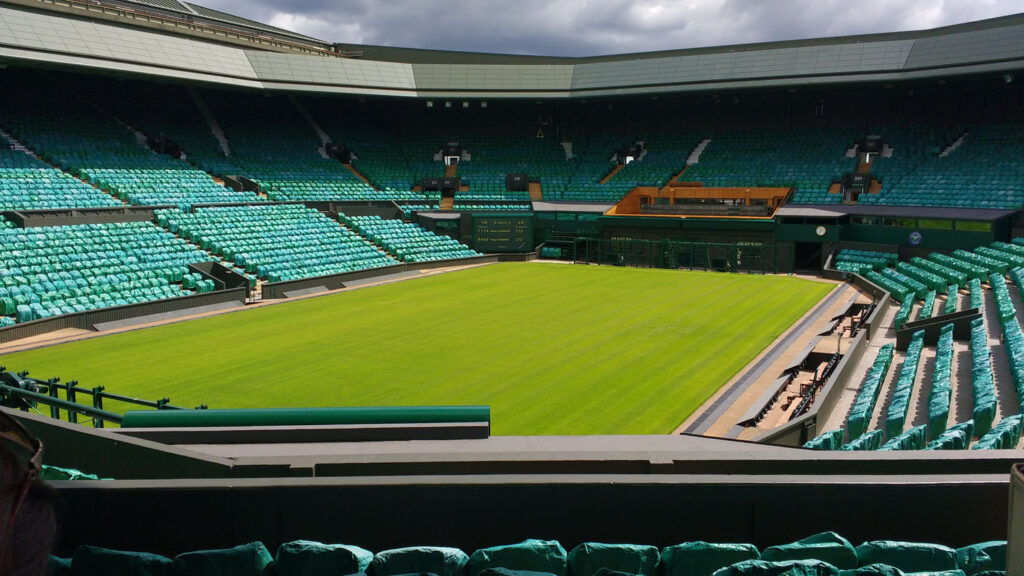
Downsides to Travelling to London in the Summer
Without a doubt, because kids and teachers are out of school, Summer is the busiest time of year to travel to London. The city can get quite crowded with so many tourists visiting London during the summer months. Popular attractions, such as the Tower of London, the British Museum, and the London Eye, can have long lines, so you’ll need to be patient and carefully plan your visit to avoid crowds.
Summer is also the most expensive time to visit London, with flights, accommodations, and attractions often higher prices than during other seasons. This can make it more difficult to travel on a budget and may limit the amount of time you’re able to spend in the city. You’ll want to book as many restaurant reservations as you can in advance as well. This way, you won’t miss out on bucket-list meals.
While the weather in London during the summer is generally pleasant, occasional heat waves can make it uncomfortable to be outside for long periods. If you’re sensitive to heat, it’s important to plan your activities accordingly and take breaks in air-conditioned spaces when necessary. Despite, or perhaps due to, the summer heat, August is one of the heaviest months for rain. So be sure you plan accordingly. But never let the rain put you off. London is a city that can deal with rain, and there are hundreds of rainy-day activities to while away the time waiting for the rain to stop.
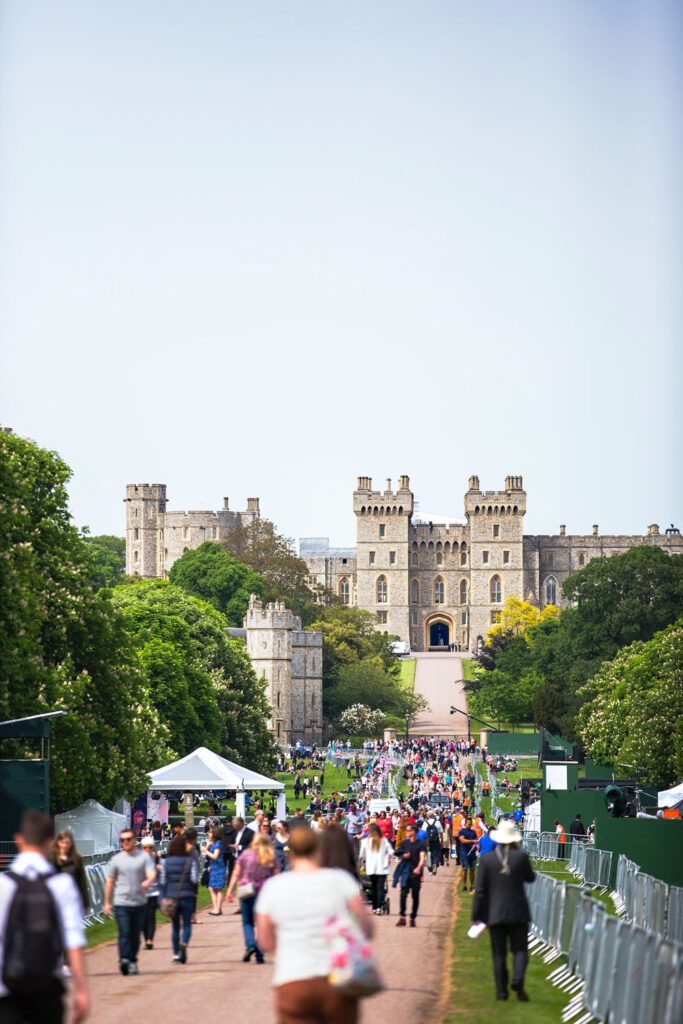
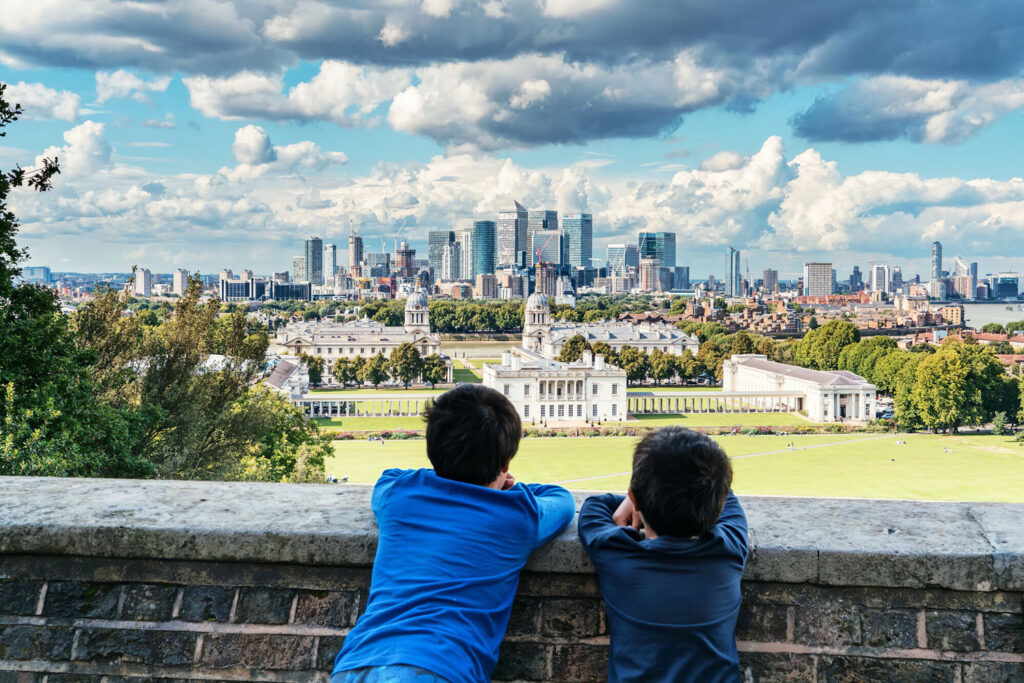
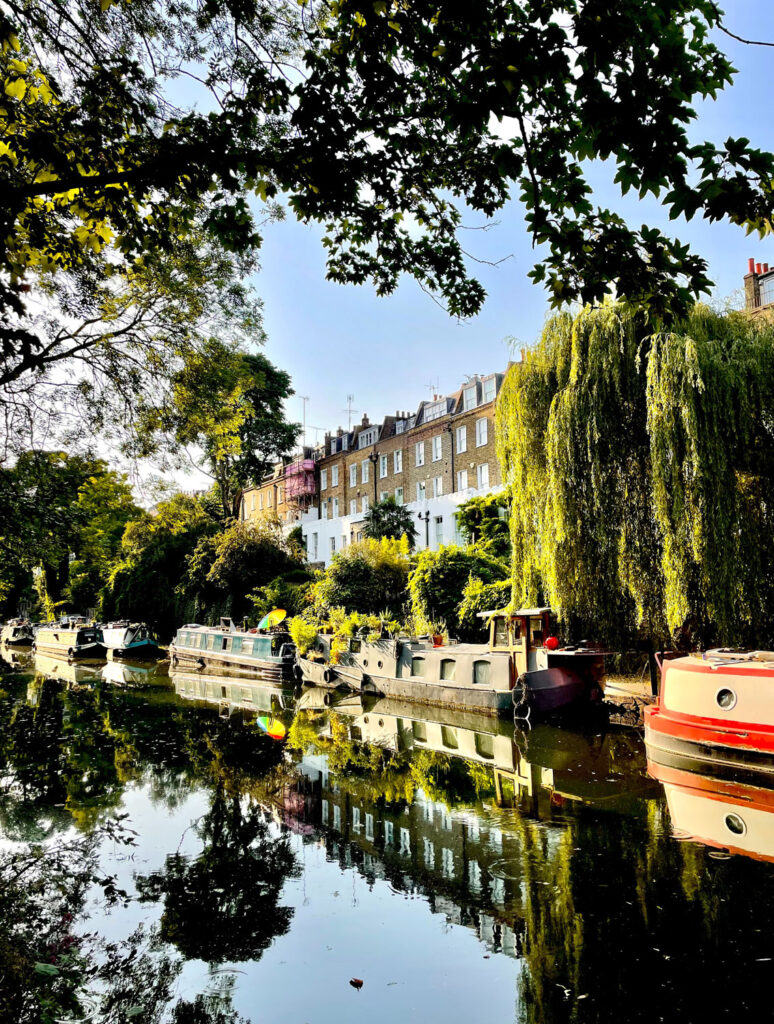
Autumn (September – November)
There is just something about London in the fall. To me, it’s the season that best resonates with the city itself. Like it was made for fall weather. Autumn is when the stunning fall foliage transforms London’s parks and gardens. Exploring Hyde Park, Kew Gardens, Hampstead Heath, St. Dunstan in the East and Little Venice all make for the perfect backdrops to experience the beauty of nature during this season. Grab a coat, a warm drink, and stroll through one of these stunning parks to truly appreciate the colours of fall in this vibrant city.
Autumn in London is generally mild and comfortable, with temperatures ranging from 8-15°C (46-59°F). As the summer heat wains, so do the prices and crowds. This can make it a great option for travellers who want to save money without sacrificing the quality of their trip.
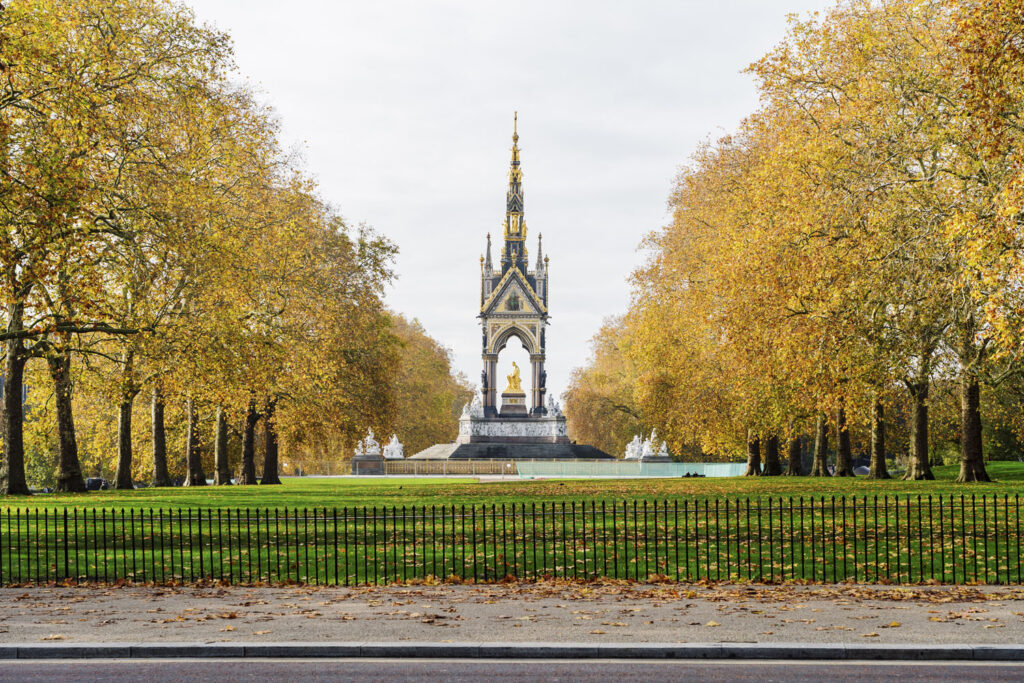
Fall Activities and Events
Autumn is the quietest month in terms of events and festivals, but the benefit of this means fewer crowds. Although the UK doesn’t celebrate Halloween as we do in North America, they have an even more important celebration called Bonfire Night. Also known as Guy Fawkes Night. It is celebrated on November 5th and commemorates the failed plot to blow up the Houses of Parliament, dubbed the “Gunpowder Plot of 1605.” All over Britain, there are firework displays and bonfires with models of Guy Fawkes filled with newspapers. These are then set alight on the fire. It’s a wonderfully unique British tradition that is a joy to experience if you find yourself in London on that day.
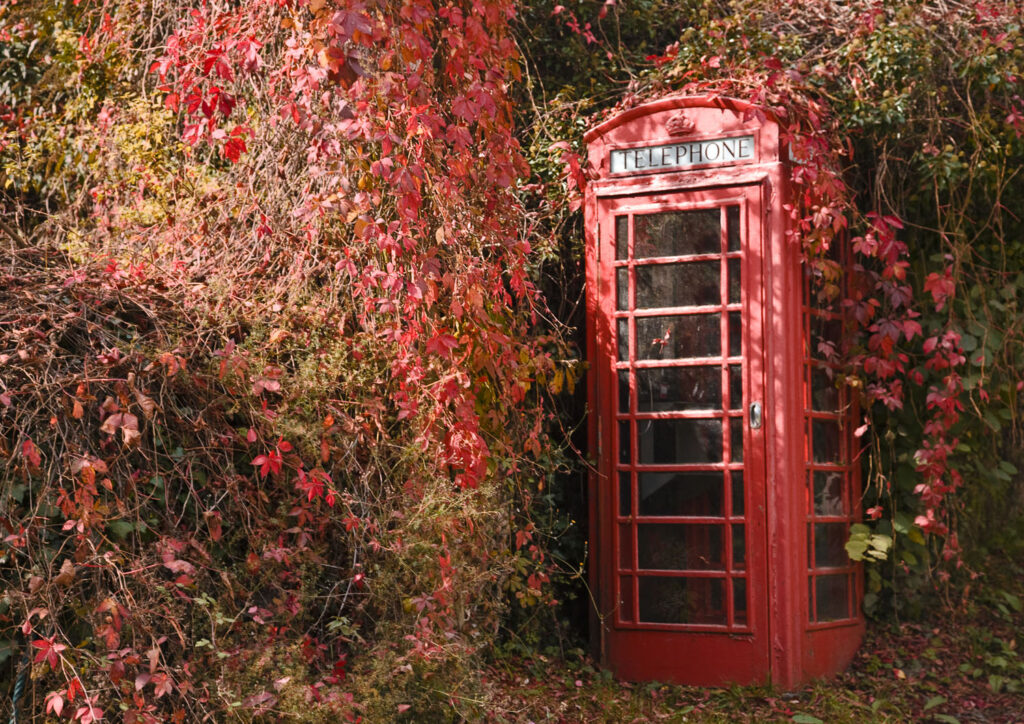
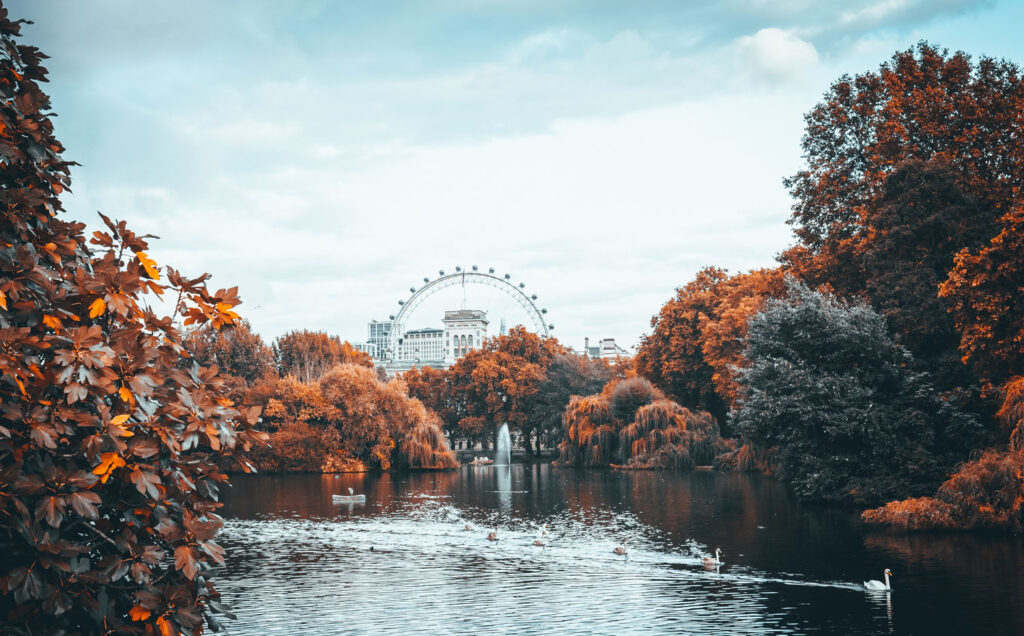
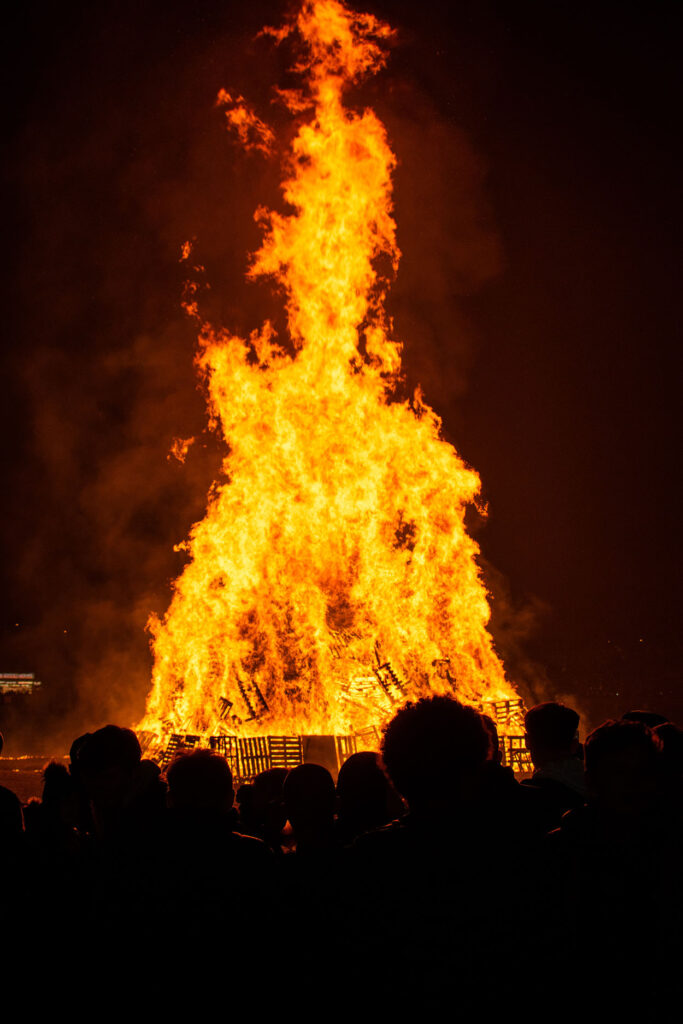
Downsides to Travelling to London in the Spring
While autumn is generally mild and comfortable in London, occasional rain and cool spells can still exist. As you head into October and November, you start to see a real spike in the rainy days. Packaging for all types of weather, including a raincoat or umbrella, is important to ensure you’re prepared for any surprises.
While autumn is generally quieter than the summer, some attractions and accommodations may still be booked up in advance, particularly during peak travel times like the October half-term. It’s important to plan and book early to ensure you get the accommodations and attractions you want.
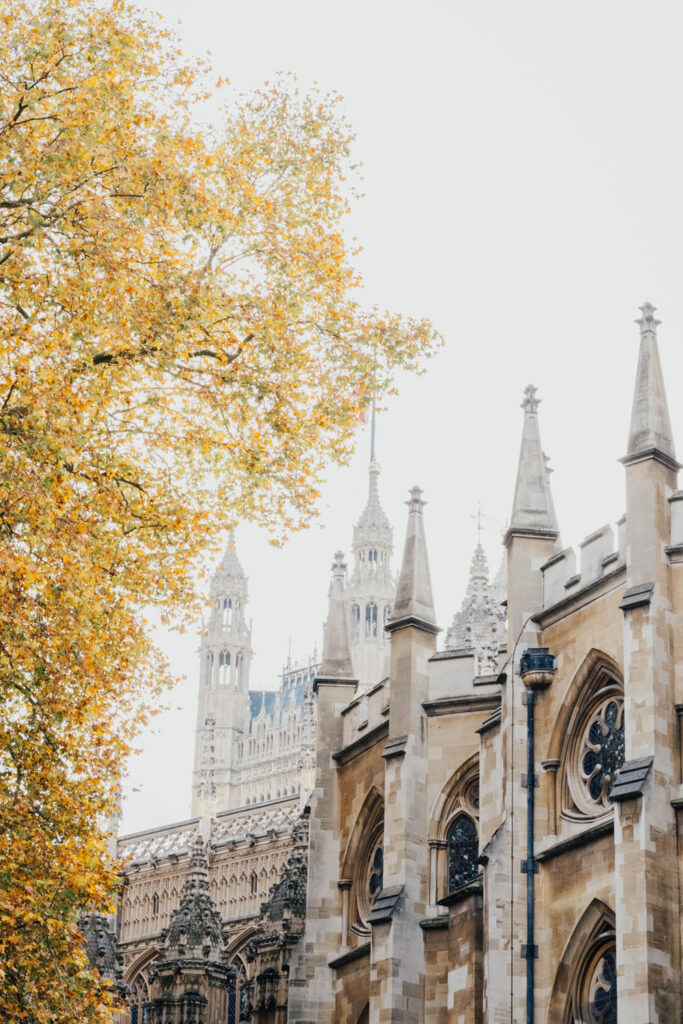
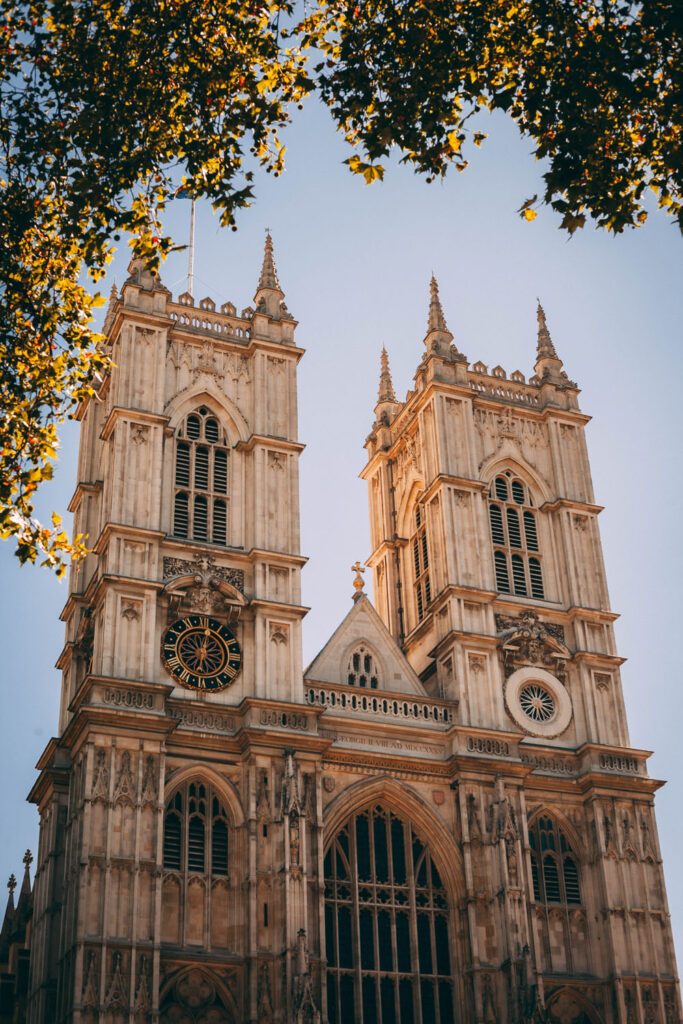
Christmas in London
Despite the rain and the cold, Christmastime in London is one of the most, if not the most, magical times of year to visit the city! And London never really gets that cold (coming from a Canadian, at least.) It rarely falls below 0°, and so long as you’re dressed for the weather, you can still get out there and enjoy walking around for short periods.
London goes ALL OUT for the holidays! Dozens of entire city blocks are decorated to the nines with Christmas lights. And all big department stores transform their facades during the festive season. There are also many special Christmas events and activities like ice skating rinks, carol concerts, festive food menus and, best of all, the Christmas Markets!
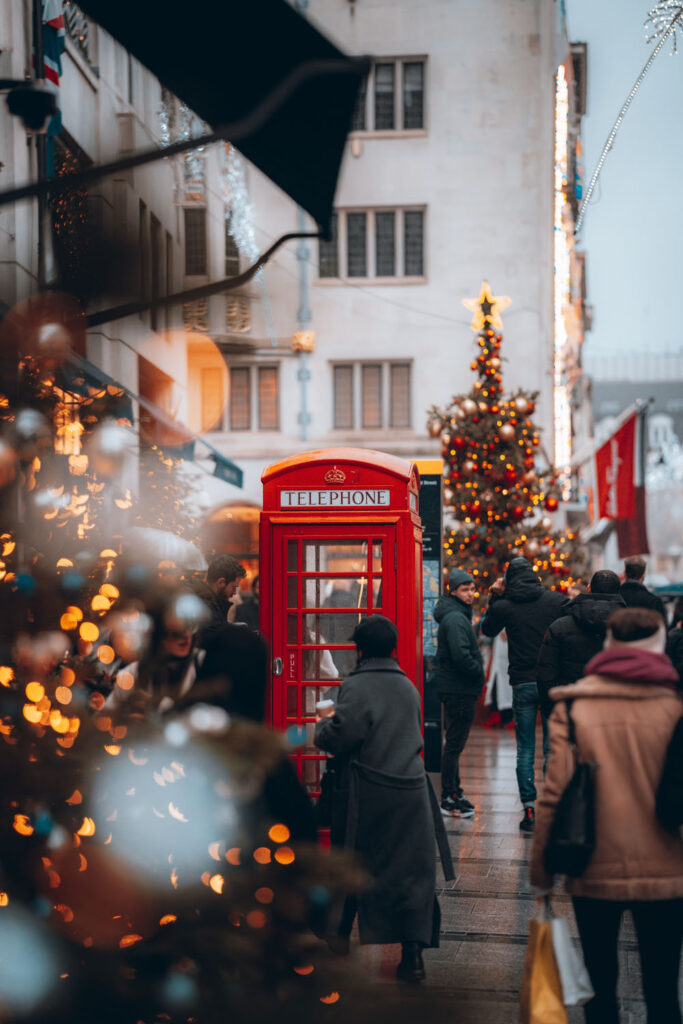
London’s Hyde Park transforms into a magical winter wonderland during the holiday season. The park is filled with festive decorations, ice skating rinks, and a Christmas market, making it a great place to get into the holiday spirit.
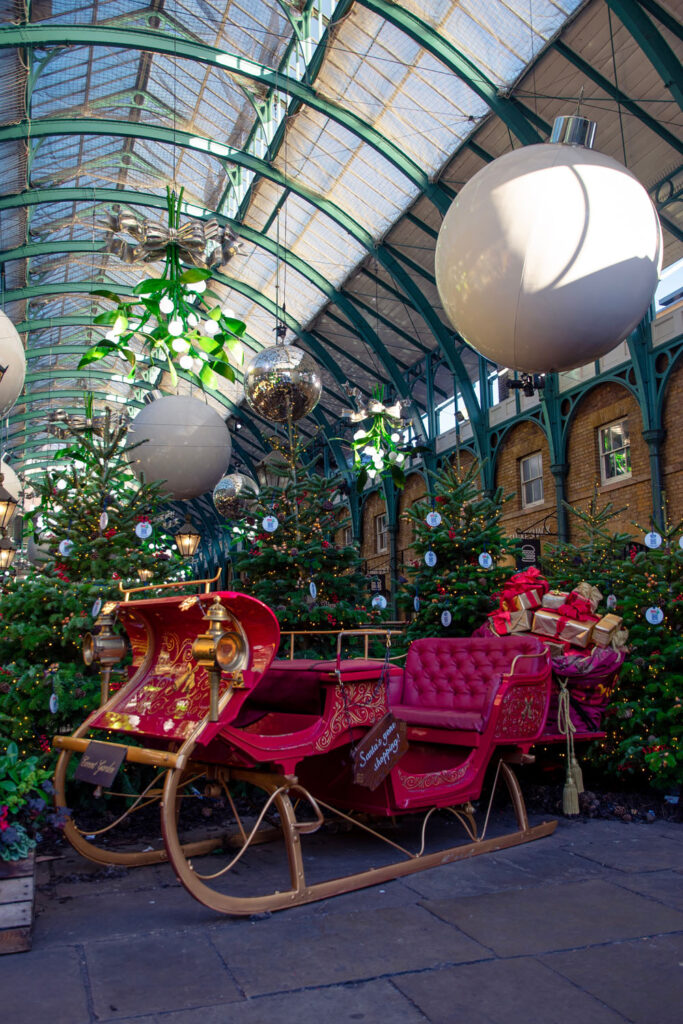
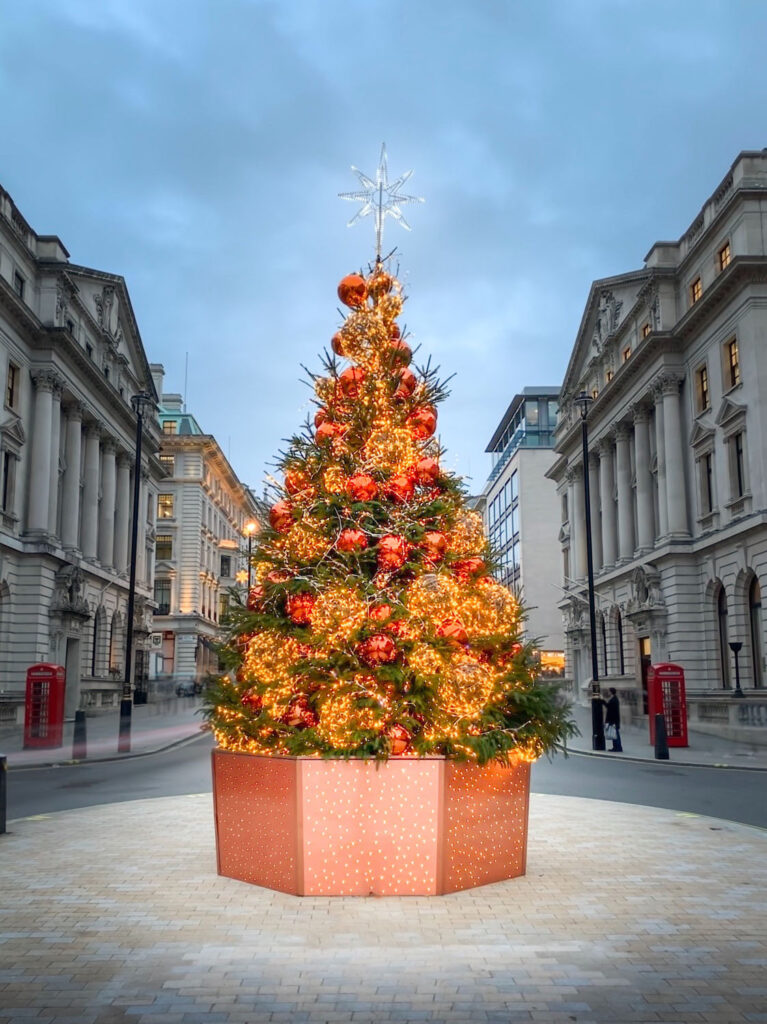
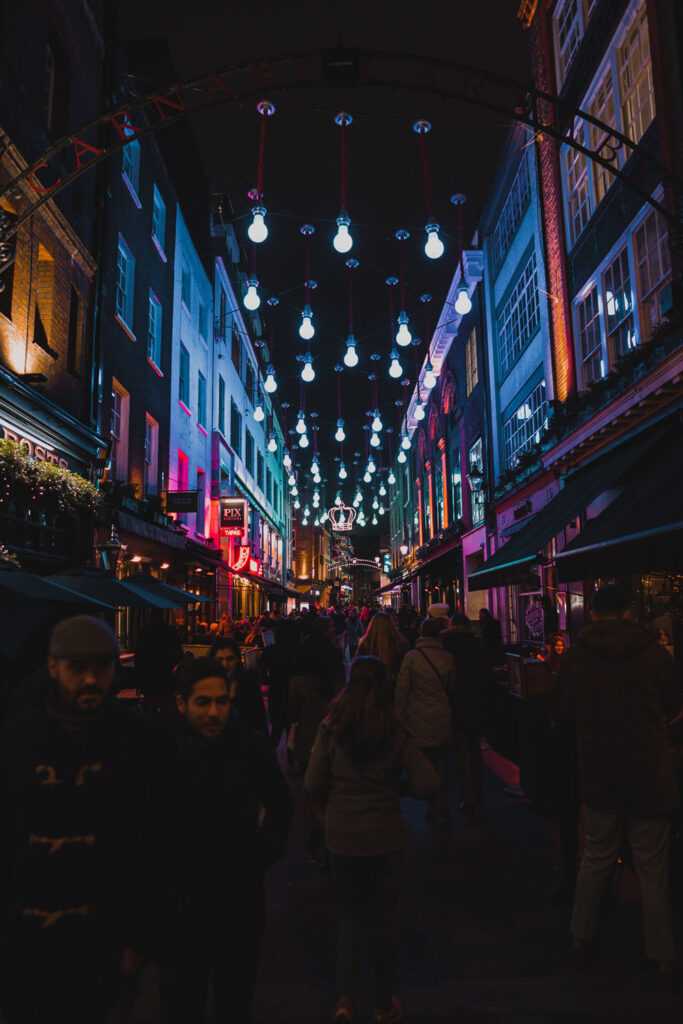
Downsides to Travelling to London at Christmas
Many businesses and attractions in London are closed on Christmas Day and Boxing Day. And some close down for the entire week of Christmas altogether. It’s important to research which businesses and attractions are open during the holiday season, so you can make the most of your time in the city.
Probably the worst part of travelling during the winter is the increase in cold and flu bugs. Being sick can really put a damper on your trip. And when you’re pushing yourself to see and do it all, it can weaken your immune system. It’s important to take precautions when travelling during cold and flu season. Get lots of sleep, take some vitamin C, wash your hands frequently, and consider wearing a mask in confined spaces.
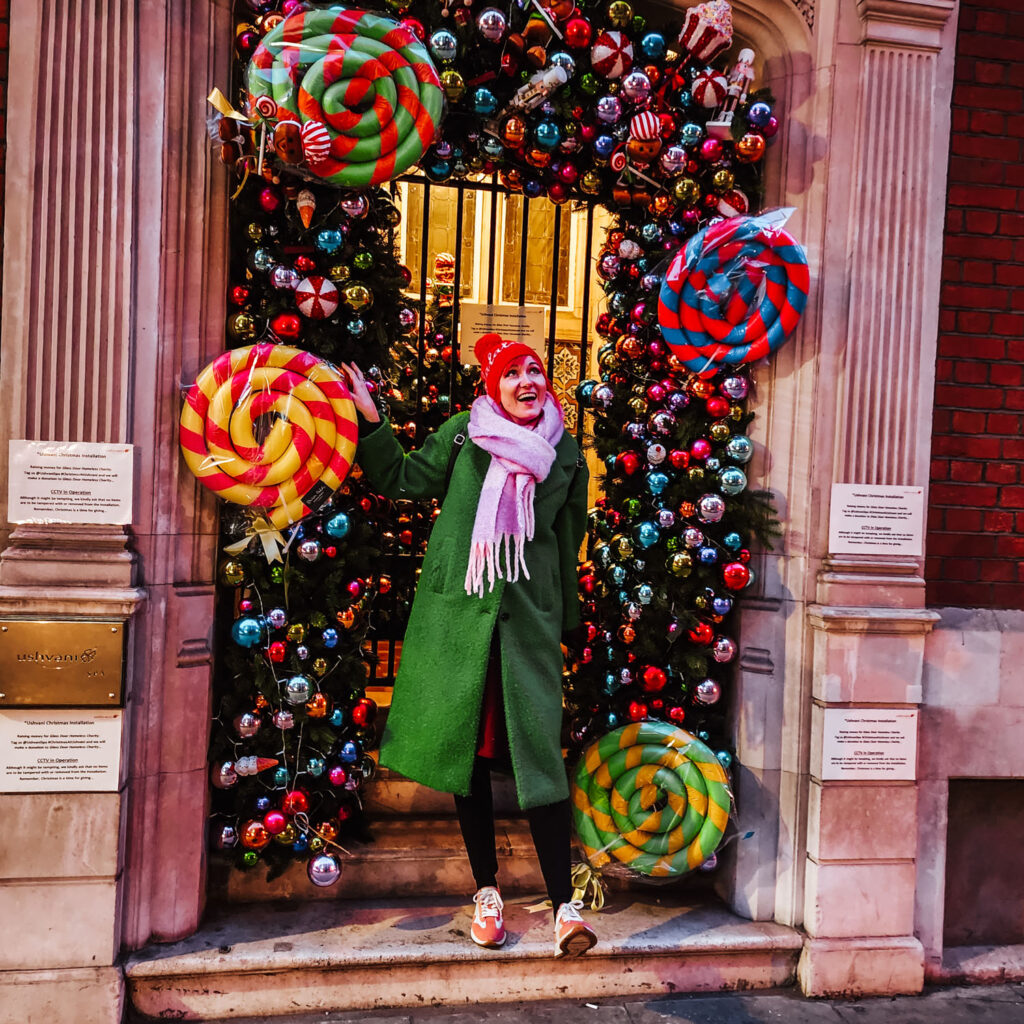
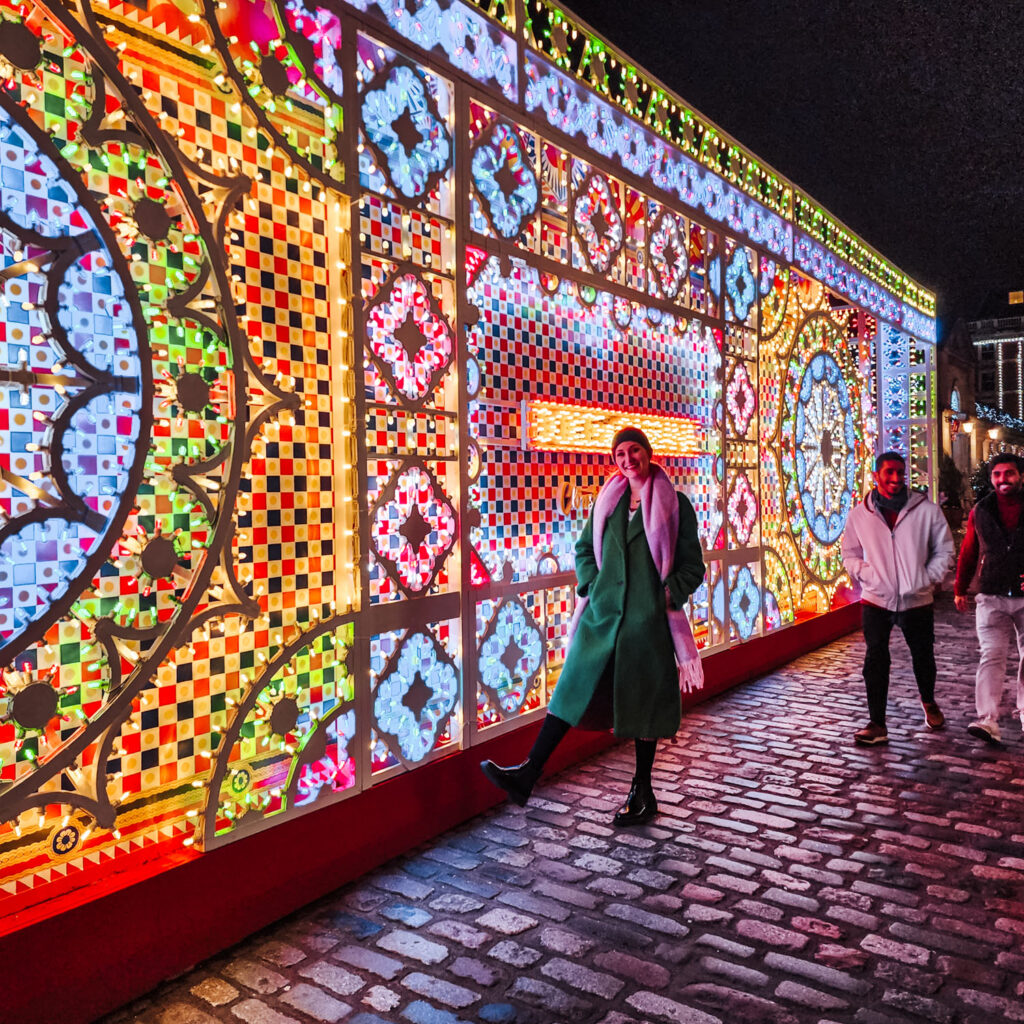
Winter (January – February)
While many people write off Winter travel, I am such a big fan! And I am not one of those people that loves the cold. Just the opposite. But travelling in the winter comes with so many benefits and unique opportunities. One of the biggest benefits of travelling to London in the winter is fewer crowds. While London is a popular destination year-round, the winter months are typically slower. You’ll have more room to explore the city’s famous landmarks and attractions without feeling overwhelmed by crowds.
Another advantage of visiting London in the winter is that prices for accommodations, flights, and attractions are generally lower. This can make visiting the city more affordable, especially if you’re on a budget.
Winter is a great time to enjoy indoor activities like museums, theatres, and shopping. London’s cold winter weather isn’t a surprise to the city. And as such, year after year, plenty of indoor activities keep you busy and warm. From world-class museums to cozy pubs, there’s always something to do in London, no matter the weather outside.
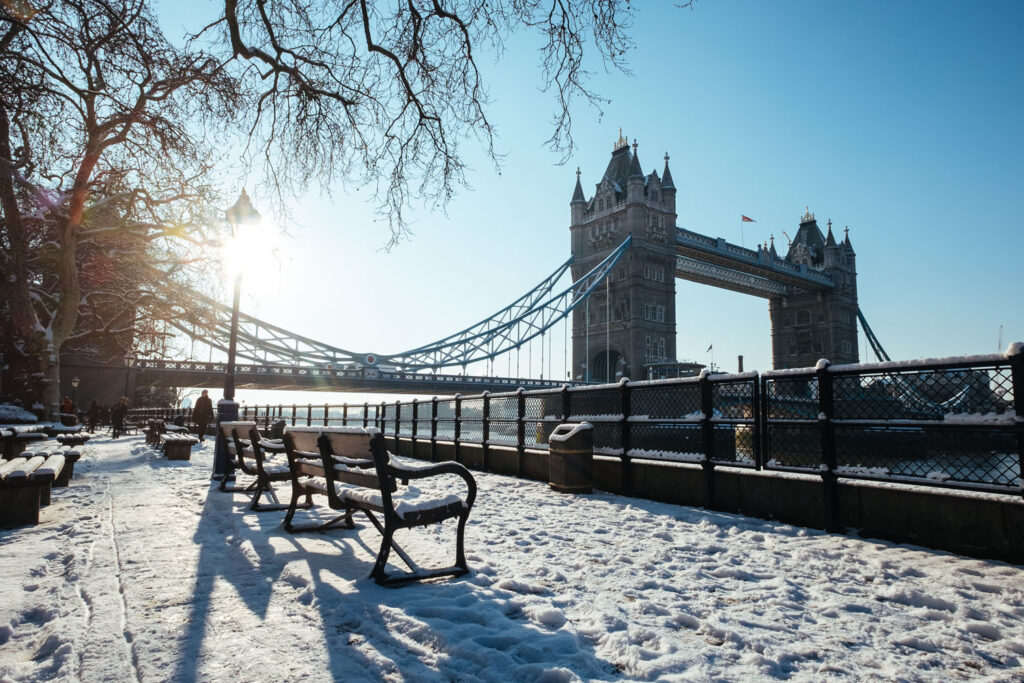
Winter Activities and Events
One of London’s most exciting events takes place on January 1st and is the New Year’s Day Parade. The parade features marching bands, floats, and performers from around the world, and it’s a great way to kick off the new year. You can also experience the London Art Fair, eat your heart out during the Chinese New Year and be amazed by the fashions seen all across the city during London Fashion Week in February. Come March; the streets explode with green banners and decorations for St. Patrick’s Day. Although St. Patrick’s Day is an Irish tradition, it is celebrated throughout London with parades and music and dance performances inside almost all the pubs.
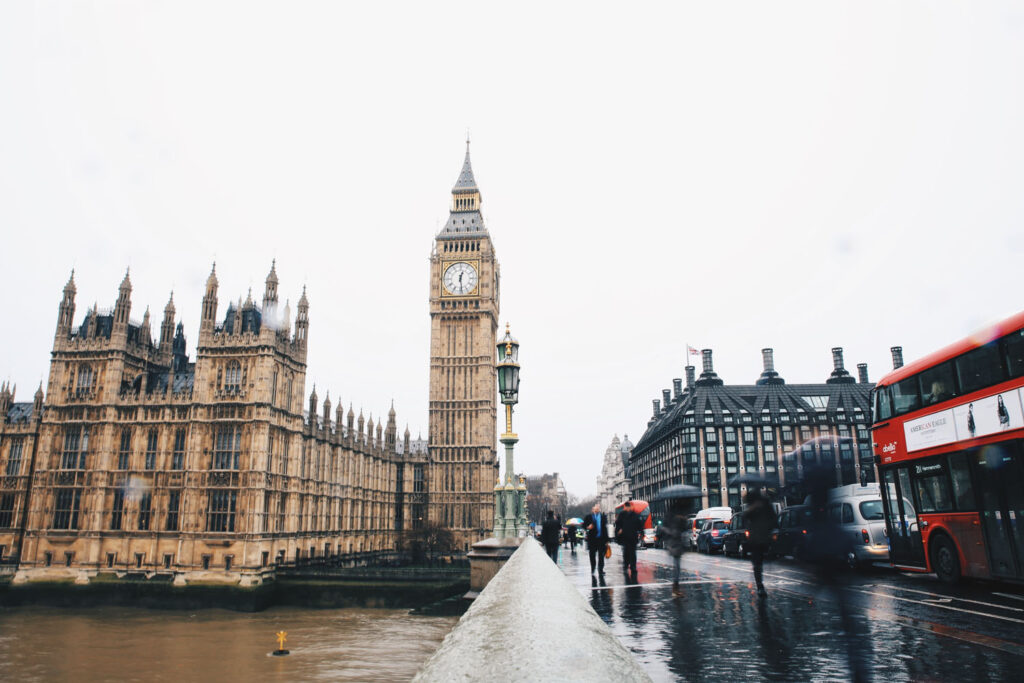
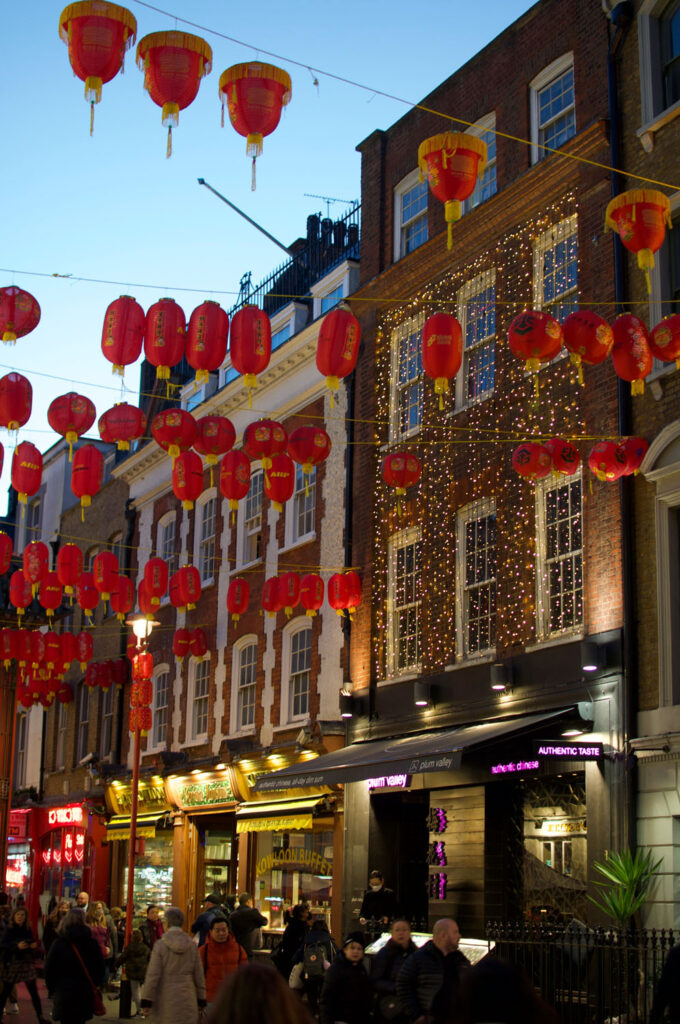
Downsides to Travelling to London in the Winter
One of the biggest downsides of travelling to London in the winter is the cold and damp weather. Temperatures can dip below freezing, and rain and snow are not uncommon. Packing warm clothes and waterproof shoes is important so you can stay comfortable during your trip. London can be chilly and damp in the Winter from January to February.
While February is one of the lightest months in the year in terms of rainfall, January is one of the heaviest, with December falling somewhere in between. And only on rare occasions does London get a dusting of snow. Although this year, we got a beautiful snow cover just a week before Christmas, and it was pretty magical to see.
You also need to keep in mind that London attractions will have reduced hours during the winter months. Many big attractions and museums close earlier in the day than throughout the rest of the year, as they don’t expect the same level of crowds. It’s important to check the hours of operation in advance, so you can plan your itinerary accordingly.
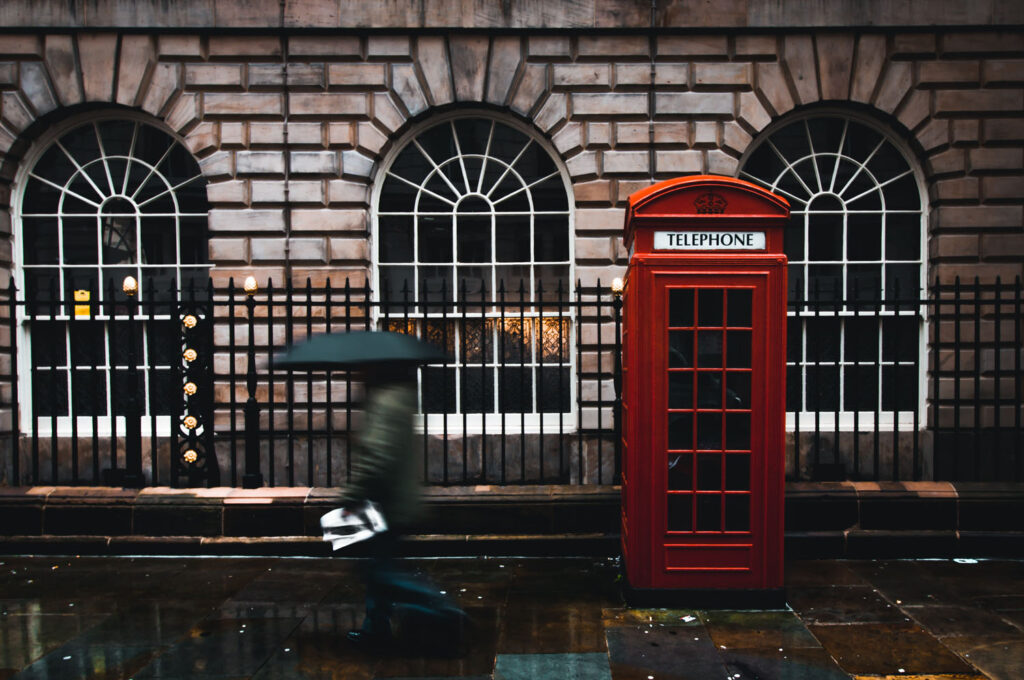
And there you have it, dear reader! The best time to travel to London depends on what you want to experience during your trip. From the beautiful colours of autumn to the festive magic of Christmas, and the bustling energy of summer, London has something to offer year-round. So whether you prefer to bask in the summer sun, wander through golden leaves in autumn, or cozy up by a pub fire in the winter, London is always waiting to be explored.
Happy Travels, Adventurers
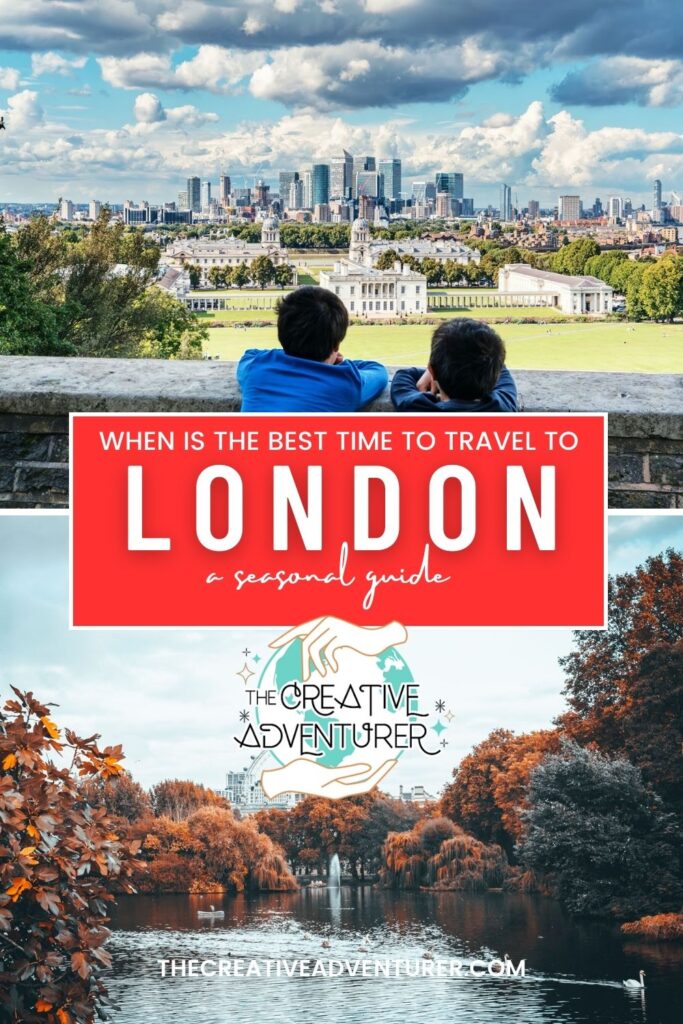

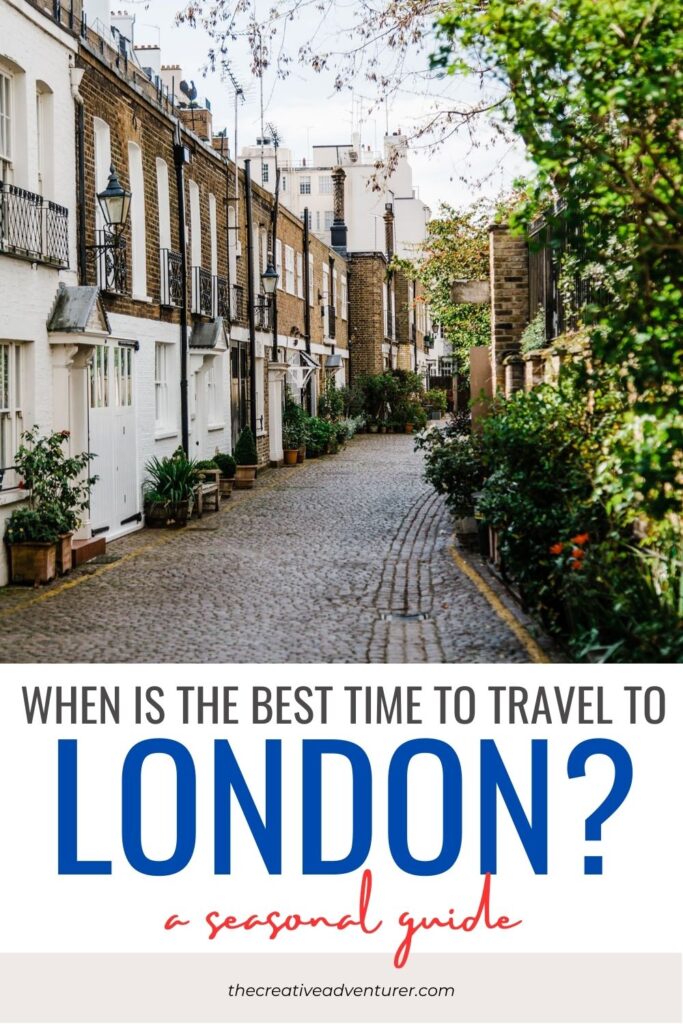
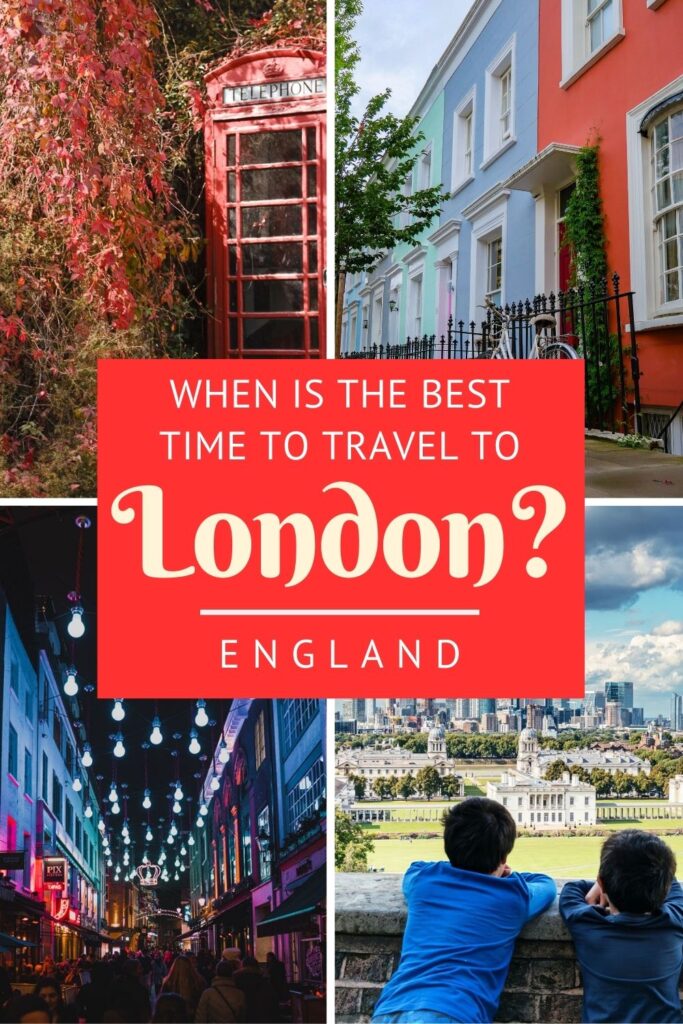
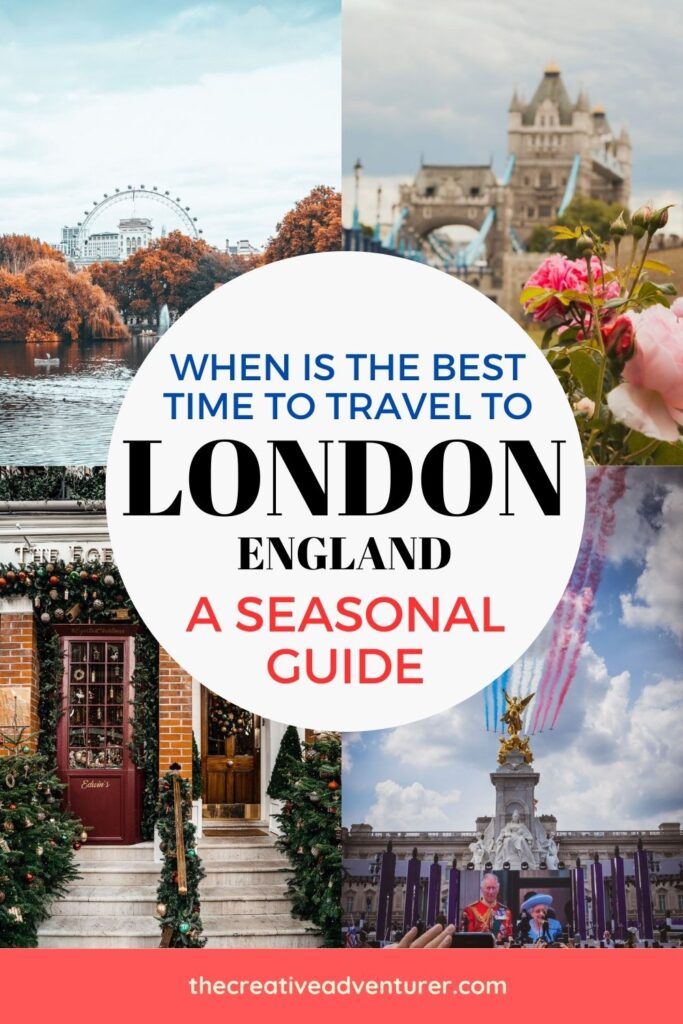



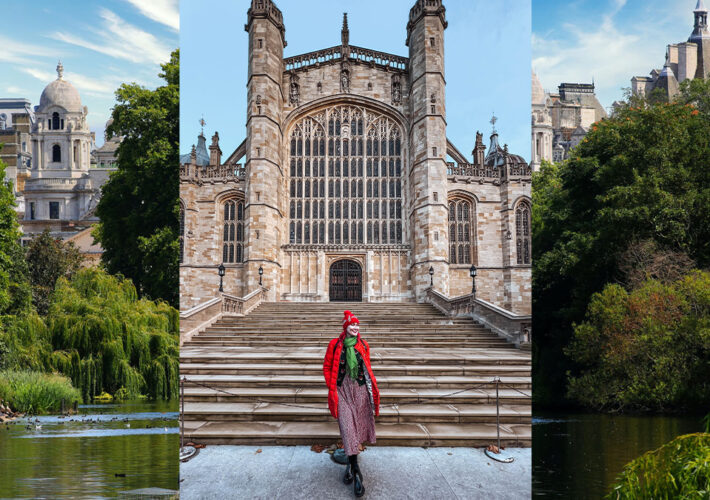
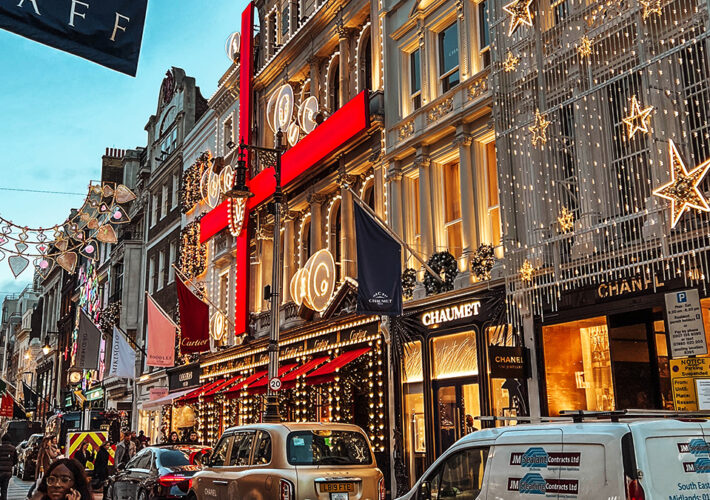

Leave a Comment